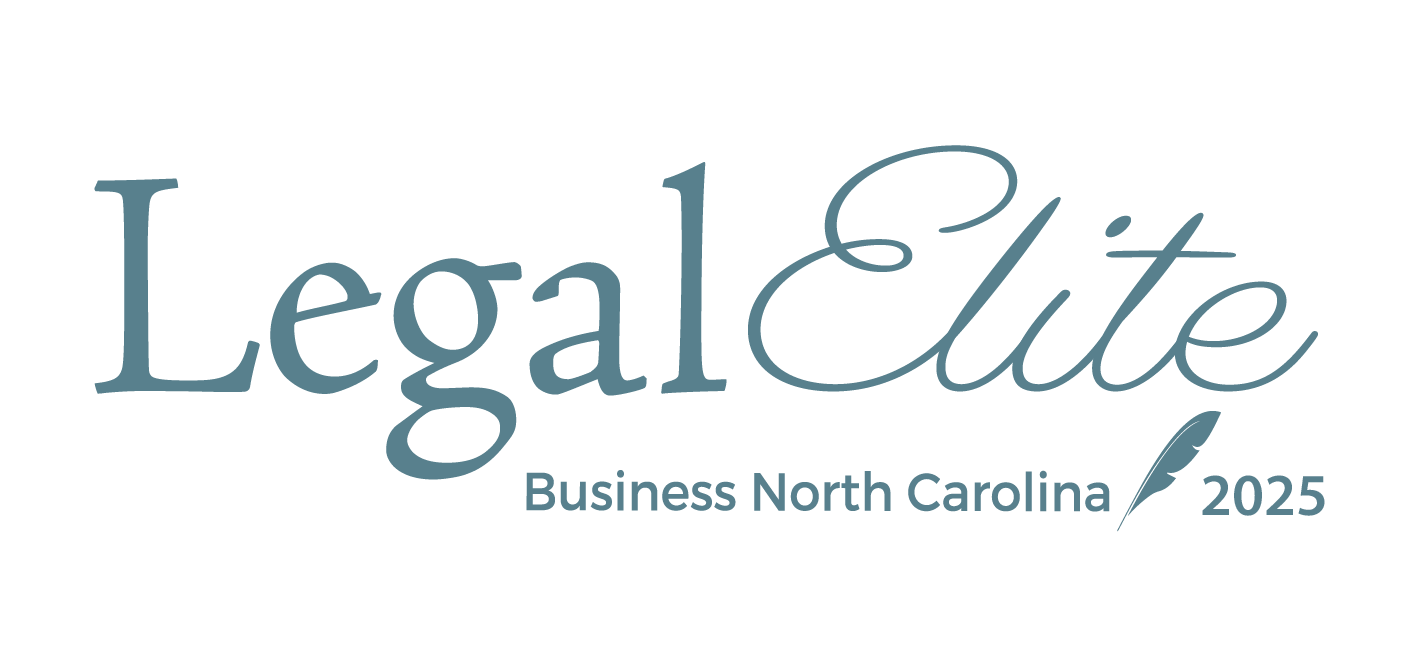A new lawsuit for sexual harassment is filed almost on a daily basis somewhere in the United States.
Most of these lawsuits could have been avoided with (1) proper groundwork on the front end, (2) an impartial investigation, and (3) the ability to address any concerns once a sexual harassment complaint has been reported.
According to the Equal Employment Opportunity Commission (EEOC), the agency which enforces most of the federal anti-discrimination/harassment laws, sexual harassment claims increased by 13.6% in 2018. In investigations completed by the EEOC in 2018, "for cause" determinations in favor of the employee in sexual harassment charges increased by 8%, and the amount recovered for victims of sexual harassment increased by 22%. These increases are likely attributable to the #MeToo (Me Too) movement. Since the Me Too movement started spreading virally in late 2016, many very famous and/or powerful people have been exposed as sexual predators, and millions of dollars have been spent, both in defending some of these claims and in rectifying the wrongs.
Prior to the Me Too movement, one survey indicated that 38% of women and 13% of men contend that they have been subjected to sexual harassment in the workplace. Of those folks who believe that they were subjected to sexual harassment at work, only one out of four availed themselves upon their employer's anti-harassment policy and complained about the alleged sexual harassment. As the Me Too movement continues to expand, it is likely that a greater percentage of sexual harassment victims will report their concerns to their Human Resources Department or some supervisor. Thus, every employer should have preventative measures in place and be prepared to address any complaints that do arise to avoid becoming another statistic in the Me Too movement. Specifically, employers should, at a minimum, complete the following checklist:
- Establish a clear policy prohibiting harassment;
- Ensure your harassment policy addresses scenarios for any potential harasser;
- Establish and foster an open door policy to ensure early reporting;
- Hold harassment training sessions for employees when hired and, at least, every two years;
- Hold harassment training sessions for supervisors/managers when hired and, at least, every year;
- Review your harassment policy on an annual basis to ensure (a) it is clear and up to date and (b) the organization is following the policy; and
- (Bottom Line) Encourage an environment of mutual respect.
If an employee complains about harassment, the following steps should be taken:
- The supervisor must immediately report the complaint to the appropriate contact within the organization (usually Human Resources);
- The appropriate person in the organization must conduct a prompt, thorough, and impartial investigation;
- Inform any accused harasser that retaliation against the alleged victim or any witnesses is strictly prohibited and will result in severe disciplinary action (i.e., most likely termination);
- Take immediate and appropriate corrective action if the investigation reveals that harassment has occurred;
- Seek legal counsel if unsure of the sufficiency of (a) the investigation, (b) the conclusions reached, or (c) the proposed disciplinary actions; and
- Document the entire process.








